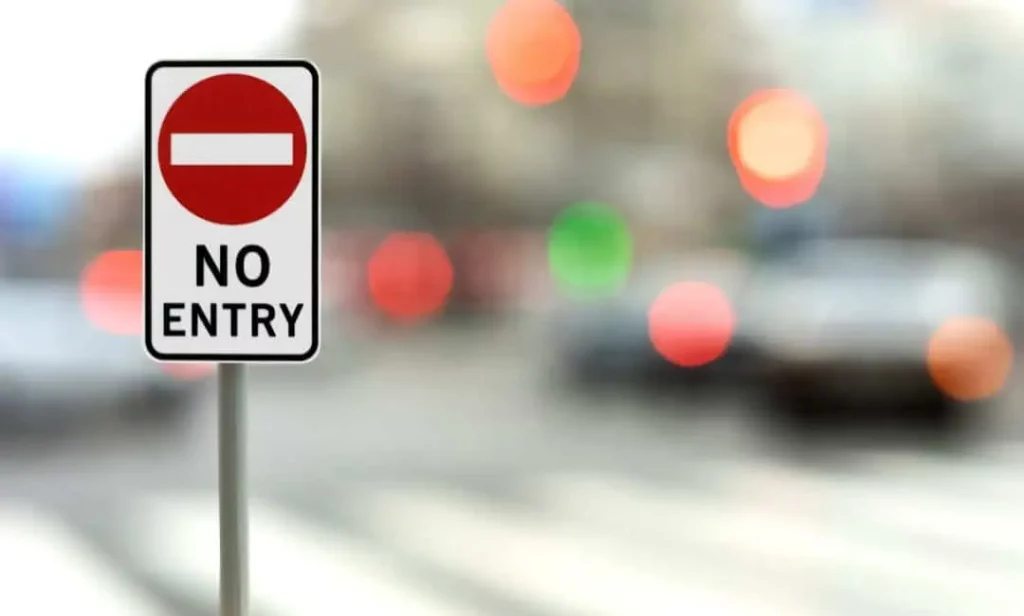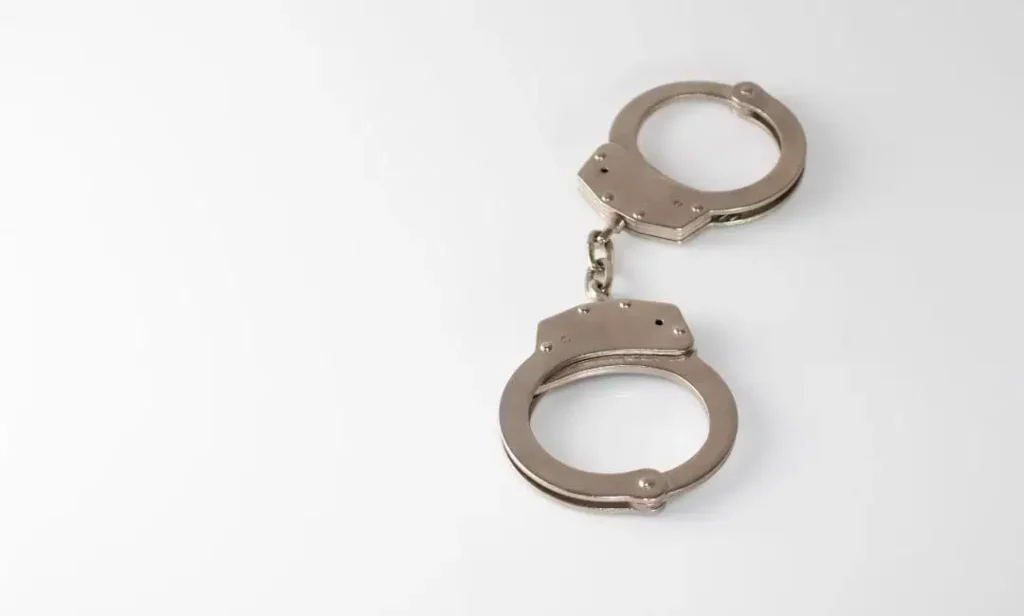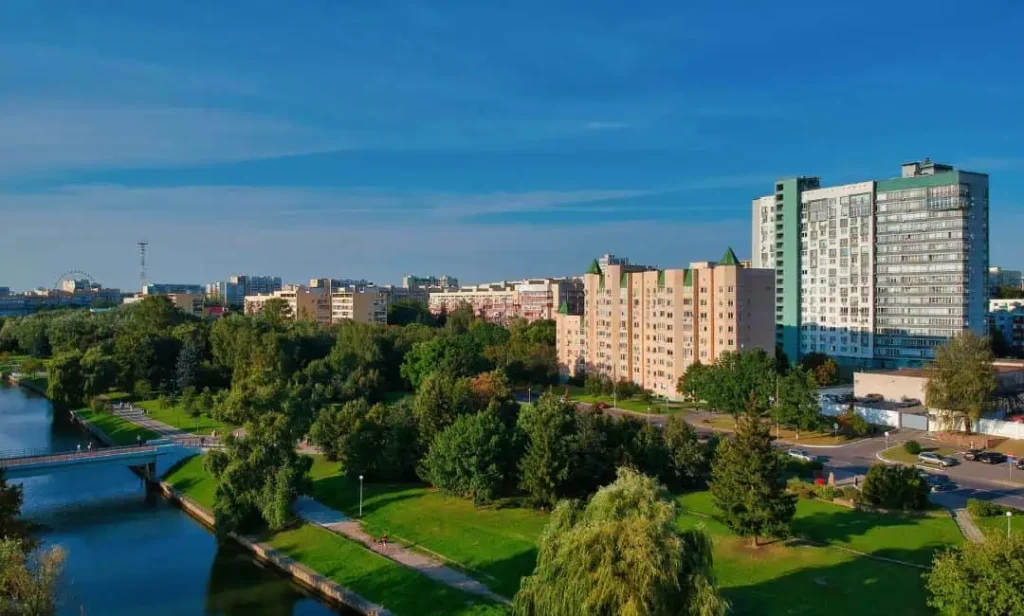
Thinking about moving to Brampton? It’s a great city, but it’s important to know about areas to avoid in Brampton. Some neighborhoods have higher crime rates than others, so it’s good to do a bit of research first.
In certain parts of the city, walking alone at night or leaving your car unattended can lead to problems. These spots are considered higher-risk, especially after dark.
Brampton is large and crowded, which sometimes makes it harder to manage safety in every corner.
This isn’t about fear. It’s about being smart, aware, and prepared. I’ll also share how you can stay safe, where to consider living instead, and how things are improving too.
According to a report, Brampton sees a mix of violent and non-violent crimes. Some pockets are busier for police than others. If you’ve heard terms like “Brampton ghetto areas” or “worst areas in Brampton,” this blog helps you understand what’s real and what’s bad press.
Let’s start.
Key Factors That Make a Neighborhood Risky
Even though Brampton is a safe city, not every neighborhood feels the same. Some areas have higher crime rates and can be a bit riskier, especially at night.
That doesn’t mean you should avoid the city altogether — it just means being aware of your surroundings and knowing which spots to be cautious in.
So, what makes a neighborhood feel unsafe or risky? Here are some key factors to look out for:
1. Crime Rates & Types of Crime
When checking out a new area, crime is one of the first things people notice. But not all crime is the same. Some neighborhoods have more property crime, like car thefts or home break-ins.
Others deal with more serious issues like assaults or gang violence. Both kinds of crime matter.
Knowing what type of crime is more common gives a better idea of the real safety risks. Some worst areas in Brampton have a mix of both, which makes them more concerning.
2. Urban Decay & Neglect
If a neighborhood looks run-down, it can be a warning sign. Cracked sidewalks, graffiti, and abandoned homes are signs of neglect.
It often means the area isn’t being taken care of. When streets are dirty and buildings look unsafe, it’s easier for crime to take hold.
In Brampton, these signs show up in lower-income areas that have been ignored for years. These neglected zones can become risky locations in Brampton if they’re not improved.
3. Drug & Gang Activity
Drug problems and gang activity can make a neighborhood dangerous fast. These issues often lead to violence, especially at night or near known trouble spots.
If you hear about regular police raids or gang-related incidents, it’s a clear red flag. These things are sadly still happening in certain parts of Brampton.
4. Poor Lighting & Walkability
Bad lighting can make even a quiet area feel unsafe. Long, empty streets without lights or people around are risky.
Some bad areas in Brampton suffer from poor street lighting and very few pedestrians, which creates the perfect setup for crime.
We all know Brampton offers both opportunities and challenges. So, if you’re thinking of a career shift, here’s a look at how much real estate agents make. Real estate agents can earn a flexible income based on commissions, market conditions, and networking skills.
5 Neighborhoods with Higher Crime Rates

Here’s a closer look at some areas to avoid in Brampton, based on public crime data, local feedback, and insights from residents.
1. Downtown Brampton (Queen St & Main St Area)
Crime Highlights: Theft, assaults, nightlife-related issues
Safety Score: 2.5/5
Downtown Brampton is full of energy, with lots of restaurants, bars, and transit options. But with that activity comes more risk.
At night, especially around bus terminals and nightlife spots, there’s a rise in thefts and fights. Police presence is strong, but that’s partly because of ongoing issues.
Families with small kids or people commuting late should stay alert here. It’s not the Brampton ghetto, but there are some problem areas.
2. Kennedy Road Corridor (Near Steeles Ave)
Crime Highlights: Break-ins, drug-related arrests
Safety Score: 2/5
This area has a mix of businesses and homes, which means it gets busy during the day but quiets down at night. Unfortunately, that’s when most problems happen.
Drug activity and property crimes like break-ins have been reported here more than in other parts of the city. It’s one of the areas to avoid in Brampton if you’re unfamiliar with the surroundings.
3. Brampton West (Hurontario & Williams Pkwy)
Crime Highlights: Vehicle thefts, occasional violent incidents
Safety Score: 3/5
Brampton West is a mixed bag. Some streets are peaceful, while others have seen a spike in car thefts and break-ins. It’s not the worst, but you need to know the area well to feel safe. Neighbours often warn each other through local apps and community chats.
4. Mount Pleasant (North Brampton)
Crime Highlights: Vandalism, domestic disputes
Safety Score: 3.5/5
This area has grown fast, with lots of new homes and families moving in. While generally calm, there are reports of vandalism and minor conflicts, often involving youth. It’s still a family-friendly spot, but more police visibility could help.
5. Fletcher’s Creek (Sandalwood & Chinguacousy)
Crime Highlights: Petty theft, occasional fights
Safety Score: 3/5
Fletcher’s Creek isn’t dangerous overall, but it has its rough patches. Some blocks are very quiet, while others see minor thefts or fights. It’s not a no-go zone, but it’s one to watch if you’re new to the area.
Looking for luxury living? Discover the city’s most upscale and sought-after areas in our detailed guide to rich neighborhoods in Brampton. Explore beautiful homes, quiet streets, and the lifestyle these premium communities have to offer.
Understand Misconceptions About “Ghetto” Areas in Brampton

People often use the word “ghetto” too casually when talking about certain neighborhoods in Brampton.
A lot of the time, it’s based more on how a place looks or its average income, not on real crime data. Just because a street has older buildings or isn’t the trendiest doesn’t mean it’s dangerous.
It’s important to understand that low income doesn’t always equal high crime. Some of the more affordable areas in Brampton are very safe and have strong, tight-knit communities. People live peacefully there, look out for each other, and take pride in their homes.
Also, neighborhoods change over time. Some areas that were once ignored are now seeing new businesses, parks, and housing developments. This process, often called gentrification, can improve how a neighborhood looks and feels. While it has its pros and cons, it’s helping clean up and revitalize some parts of Brampton.
So, just because someone calls a place “sketchy” doesn’t mean it is. It’s always better to look at actual crime stats, visit the area during the day and at night, and talk to locals before making any judgments.
Also, check out insights on the Brampton housing market if you’re planning to buy.
How to Stay Safe: Tips and Areas to Avoid in Brampton?
Whether you’re new to the city or have lived here for years, safety should always be a priority.
Brampton is a vibrant and growing community, but like any city, it’s important to stay alert and take basic precautions.
General Safety Tips
- Avoid walking alone at night in dimly lit or isolated areas, especially if you’re unfamiliar with the neighborhood.
- Install security systems such as cameras or alarms in your home, even if you’re renting—many affordable and smart options are available.
- Join or follow your local neighborhood watch group to stay updated on incidents and connect with others in your community.
- Keep valuables out of sight in your car, driveway, or porch to avoid attracting attention.
- Lock doors and windows even when you’re at home, and always double-check them before going to bed.
- Stay informed using local news apps or community groups to track incidents or alerts around your area.
Alternative Areas to Consider
If safety is a top concern, you might want to explore neighborhoods in Brampton known for being secure, peaceful, and family-friendly. Here are a few:
- Springdale: A well-established, family-oriented community with excellent schools, parks, and active residents.
- Heart Lake: Perfect for nature lovers and those seeking a quiet, green space. Surrounded by trails and conservation areas.
- Credit Valley: A clean and newer development with well-lit streets and a reputation for calm and order.
These neighborhoods offer more peace of mind and are also becoming increasingly popular in the Brampton housing market.
FAQs About Brampton’s Rough Areas
Is Brampton more dangerous than Mississauga?
Mississauga generally has slightly lower crime rates compared to Brampton. However, both cities have a mix of safer neighborhoods and areas with higher crime. It’s important to research specific neighborhoods rather than judging the entire city.
Which areas have the most break-ins?
The Steeles Corridor and areas along Kennedy Road have been reported to experience more frequent property crimes like break-ins and theft. Residents in these parts should take extra precautions, such as securing doors and installing security systems.
Are there neighborhoods to avoid at night?
Certain parts of downtown Brampton and stretches along Kennedy Road tend to have higher incidents of crime, especially after 10 PM. It’s advisable to avoid walking alone in these areas late at night and remain vigilant if you must pass through.
Is public transit safe in high-crime areas?
Public transit in Brampton is generally safe for most users. However, it’s best to stay alert. When using transit hubs or stops in higher-crime neighborhoods during late hours, as these areas can sometimes attract opportunistic incidents.
Conclusion
Not all neighborhoods in Brampton are risky, but knowing the areas to avoid in Brampton helps you stay ahead. Bad press often exaggerates the facts, so use verified sources like Peel Police data.
Before moving, drive through the area at different times of the day. Talk to neighbors.
Stay safe, stay smart, and don’t let fear get in the way of finding the right place to call home. Brampton has its rough spots, but it also has beautiful, safe communities waiting for you.
Looking to start your career in real estate? Learn more about top real estate brokerages, how they work, and which one might be the right fit for your goals and growth.






